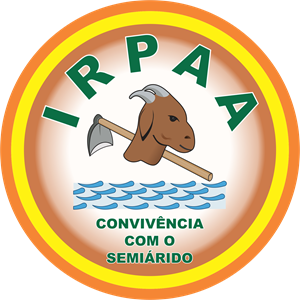THE FIRST DATA ON METHANE CONCENTRATIONS IN DEGASSING GRIFFINS OF LAKE BASKUNCHAK
DOI:
https://doi.org/10.5281/zenodo.10843534Keywords:
brine, sediments, degasification, mineralizationAbstract
For the first time, the distribution of methane in the brine and bottom sediments of the Ulan-Blag stream (tributary of Lake Baskunchak), fed by underground degassing springs, as well as directly in Baskunchak Lake at a distance from underground sources. The composition of the main ions in brine, acid-base and redox conditions in bottom sediments have been established. The brine mineralization in Baskunchak Lake is 312 g/dm3, which is 2.1 times higher than the mineralization of the Ulan-Blag stream. The chemical composition of the brine of both stations is classified as chloride type, sodium cationic composition. The concentration of methane in the brine of the studied underground degassing sources in the ravine stream of the Ulan-Blag reaches high values (up to 215 µl/dm3), exceeding by 1–2 orders of magnitude its concentration in the brine of Lake Baskunchak. The low concentrations of methane in the brine of the lake are probably due to its insignificant flow from the bottom sediments into the water due to the presence of a salt crust that prevents gas emission, as well as due to its small concentrations in the upper layers of sediments.
Downloads
Downloads
Published
Issue
Section
License
Copyright (c) 2024 Green Journal

This work is licensed under a Creative Commons Attribution-NonCommercial-NoDerivatives 4.0 International License.


































